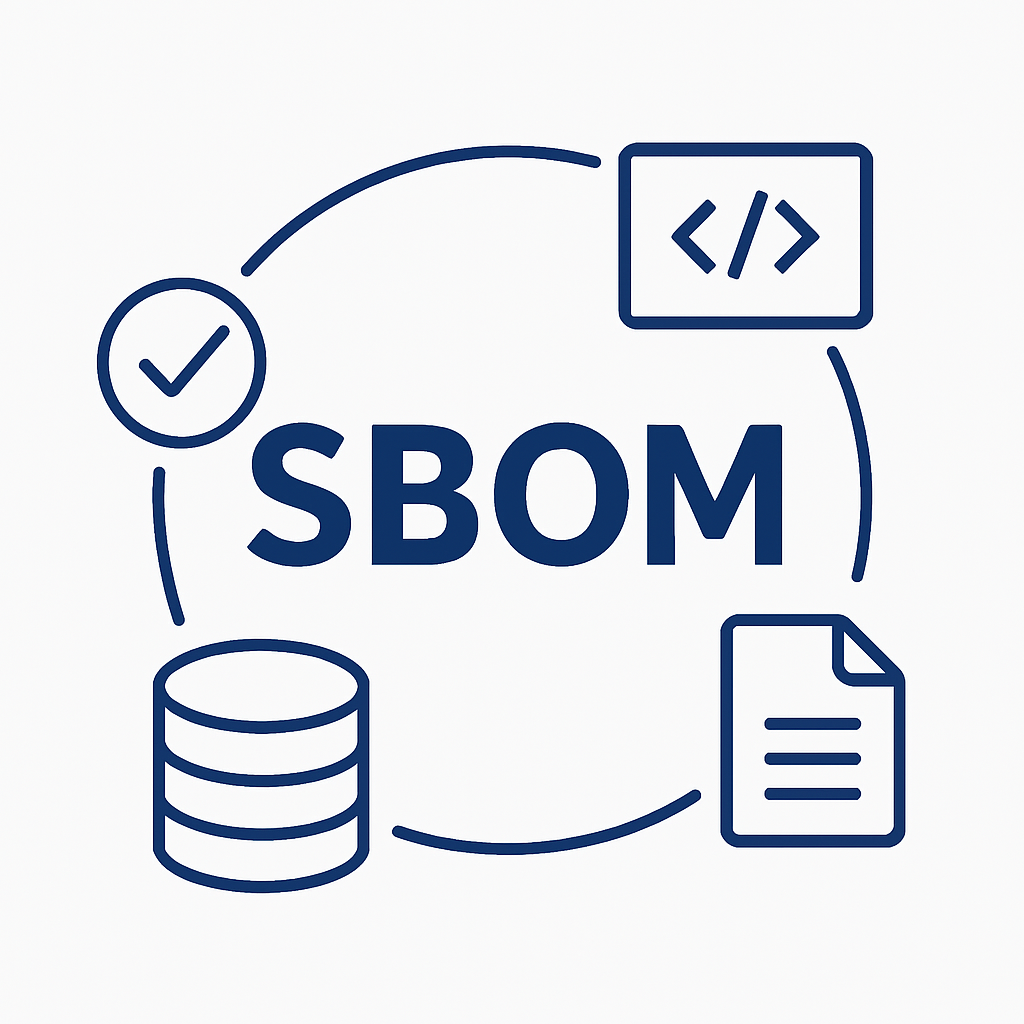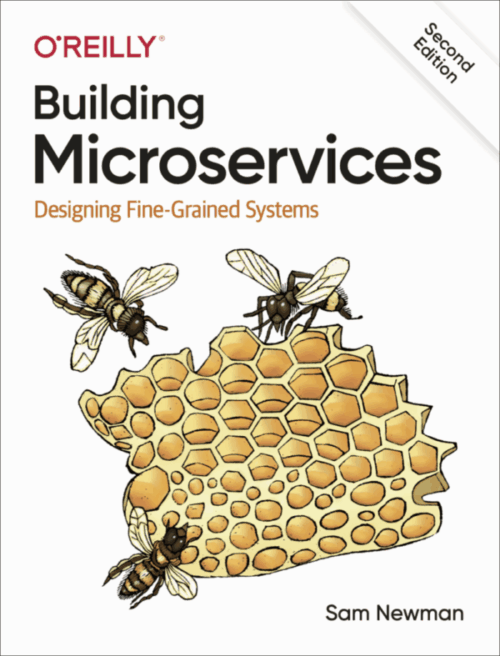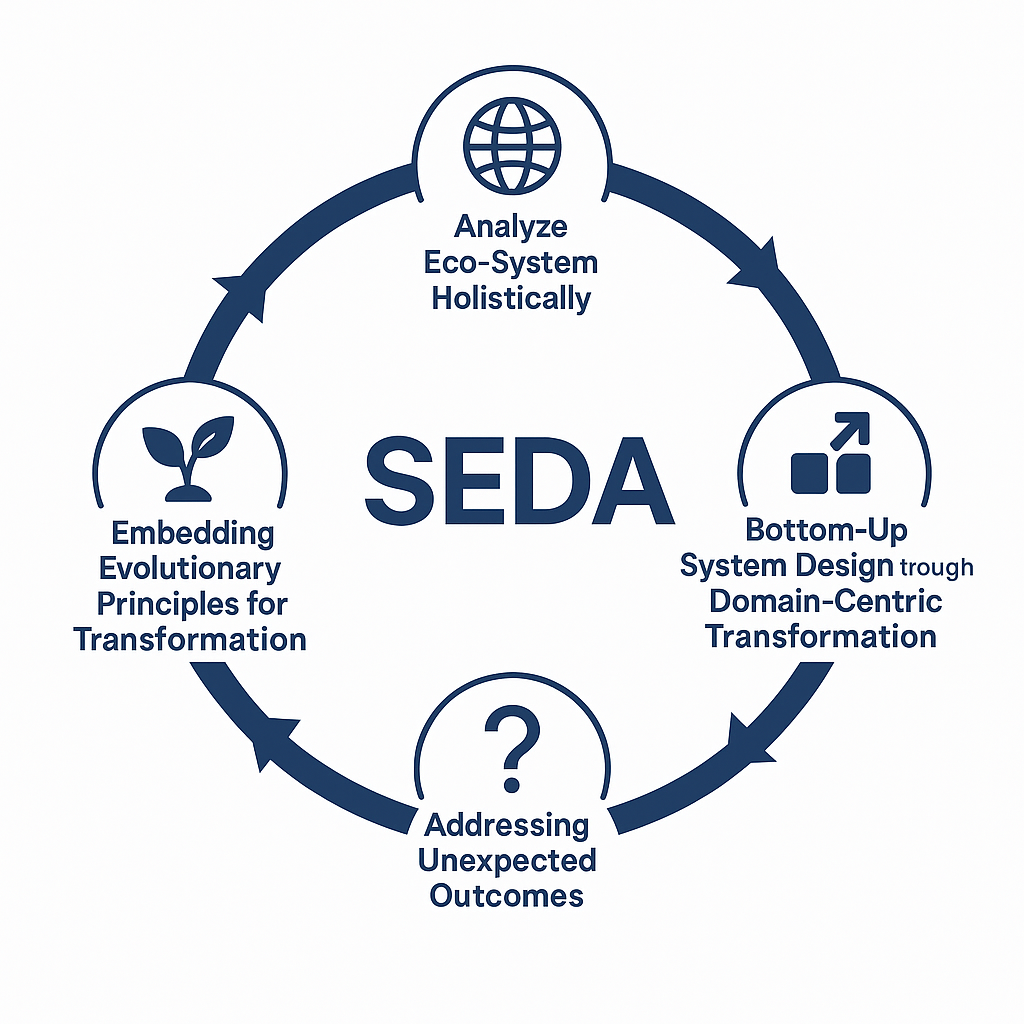In today’s fast-moving world of software development, applications aren’t built from scratch anymore. They’re assembled. We stitch them together using combination of open-source libraries, third-party services, container images, and proprietary code.
As software architects, we’re no longer just system designers, we’re eco-system curators. And with that role comes a growing responsibility: to truly understand everything that goes into the software we build.
What was once a niche practice has now become a strategic priority, fueled by headline-grabbing security breaches, mounting regulatory demands, and the growing complexity of today’s software systems.
In this guide, we’ll take a hands-on, architecture-oriented look at Software Bill of Materials (SBOM):
- What they are
- Why they matter
- How to create and use them effectively
Furthermore, we talk about the role they play in securing and maintaining the systems we build.
What Is SBOM?
A Software Bill of Materials (SBOM) is essentially a detailed inventory of all the components that make up a software application. It lists things like the name, version, supplier, and license of each component, as well as how they all connect. Whether you’re working on a simple microservice or a large-scale enterprise platform, chances are your application relies on dozens, if not hundreds, of third-party components. And each one can introduce its own potential risks.
If a vulnerability is found in a library or it’s time for a license audit, an SBOM shows you exactly what you’re using and where. So, you’re never left guessing.
A “software bill of materials” (SBOM) has emerged as a key building block in software security and software supply chain risk management. An SBOM is a nested inventory, a list of ingredients that make up software components1.
At its core, an SBOM helps answer important questions like:
- What’s actually in the software?
- Where did those parts come from?
- Are they safe to use, legally compliant, and up to date?
A Simplified SBOM (Minimal)
Here’s a simplified look at what you’ll typically find in an SBOM:
| Field | Description |
|---|---|
| Component Name | The library or package name (e.g., log4j) |
| Version | Exact version number (e.g., v2.14.1) |
| Supplier | Organization or project that provides it (e.g., Apache) |
| License | Legal license associated (e.g., Apache 2.0, MIT) |
| Hash (optional) | Cryptographic checksum to verify integrity |
| Dependency Graph | What depends on what |
| Unique IDs | e.g., Package URLs, CPEs, or SPDX IDs |
SBOM in Practice
Imagine a new vulnerability just made the headlines. Without an SBOM, you’re stuck digging through code-bases and Dockerfiles, trying to figure out if you’re at risk. But with a solid SBOM in place, you can simply query it and get your answer in minutes, rater than days.
In fact, SBOMs aren’t just useful for post-incident analysis; they’re becoming a key part of proactive system architecture, particularly in areas like:
- Secure Software Development Life Cycles (SDLCs)
- Incident response playbooks
- DevSecOps pipelines
- Regulatory audits
Why It Matters to Software Architects
As software architects, we’re always walking the line between innovation and responsibility. Every decision we make, whether it’s about scalability, maintainability, or performance, has a lasting impact. But now more than ever, security (as one of the most important non-functional requirements in software ecosystem) and compliance are becoming critical parts of the equation.
The Software Bill of Materials (SBOM) isn’t just a checklist item for security teams or auditors anymore; it’s quickly becoming a core element in how we design, build, and manage modern software systems.
Here’s why it needs to be on your radar as software architect and software developer.

Security: It begins with visibility; you can’t protect what you don’t know exists.
That’s where SBOMs come in. They give us a clear view of what’s inside our software. With an SBOM, we can quickly search for vulnerable components, track down indirect dependencies, and focus our efforts on the patches and fixes that matter most.

Incident Response: When something goes wrong, like a security breach, a vulnerability disclosure, or unexpected runtime behavior, every minute counts. An SBOM helps us, as developer or architect to communicate clearly with our security team and leadership, quickly identify which systems are affected and focus our investigation where it matters most.

More and more, clients, regulators, and partners are demanding transparency into the software they use or purchase.
Transparency: This is especially critical in highly regulated industries like finance, healthcare, and defense, where the risks tied to the software supply chain are under intense scrutiny. That’s where a SBOM comes in; it provides the transparency and visibility needed to manage and mitigate those risks.

Compliance: Open-source software is incredible, but that doesn’t mean it’s a free-for-all. That’s where SBOM come in; they help us avoid accidentally using components with licenses that could cause legal or compatibility issues, like slipping GPL code into a closed-source product.
SBOM Standards and Formats
Just like architectural blueprints follow specific formats, like UML, SBOM also use standardized formats. This ensures they can be easily generated, validated, and understood by both humans and machines. Let’s take a closer look at the three most common SBOM formats and see how they stack up against each other.
SPDX (Software Package Data Exchange)
SPDX is a well-established standard, even recognized internationally as ISO/IEC 5962. It’s especially valuable in projects where clear and accurate licensing information is a must. In fact, several major open-source foundations, like the CNCF and Eclipse Foundation, require SPDX compliance.
| Created by | Linux Foundation |
| Use case | widespread adoption in open-source ecosystems and for ensuring licensing compliance |
| Supported Format | JSON, RDF/XML, YAML, Tag-Value |
| Feature | License data, intellectual property and package metadata |
CycloneDX
CycloneDX was created in response to growing security concerns. It excels at mapping software components to known vulnerabilities (CVEs), supports detailed dependency graphs, and includes features like cryptographic hashes and digital signatures for added security.
| Created by | OWASP |
| Use case | Security-focused SBOM |
| Supported Format | XML or JSON |
| Feature | Component relationships, vulnerabilities, hashes, integrity verification |
Tip: If your SBOM will feed into a vulnerability management platform or SIEM, CycloneDX is often the best fit.
SWID (Software Identification Tags)
SWID tags are typically used by IT asset management tools and enterprise security suites, and are less common in everyday application development. However, if you’re working in government, finance, or defense, you might come across them more often.
| Created by | ISO/IEC |
| Use case | Enterprise software inventories |
| Supported Format | XML |
| Feature | Installed software on systems and auditing |
How to Generate an SBOM
Understanding what an SBOM is, and why it matters, is just the beginning. As an architect or a developer, we also need to think about how to build systems that generate and maintain them automatically.
So let’s dive into some practical tools and strategies for integrating SBOM generation into your build and deployment workflows.
- Syft: It is best solution for containers and language packages. It supports both CycloneDX and SPDX formats.
- Trivy: It offers vulnerability scanning and SBOM too. It supports both CycloneDX and SPDX formats.
- FOSSA: It is best solution for license compliance and integration to CI. It supports SPDX and custom formats.
- Snyk: It offers Vulnerability detection and reporting. Furthermore, It supports both CycloneDX and SPDX formats.
Wrapping Up
Creating a Software Bill of Materials (SBOM) isn’t just a best practice anymore; it’s a must for building secure and trustworthy software. The good news? Modern tools make it easy to automate SBOM generation right within your development pipelines. With tools like Syft, Trivy and Snyk, you can quickly produce SBOMs in standard formats like SPDX or CycloneDX using just a few lines of configuration.
As a software architect, it’s important to treat SBOM generation as a core part of the software development lifecycle. That means integrating it into your CI/CD pipelines, versioning SBOMs along with your builds, and making sure they’re easy to access when needed; for audits, compliance checks, or incident response.





